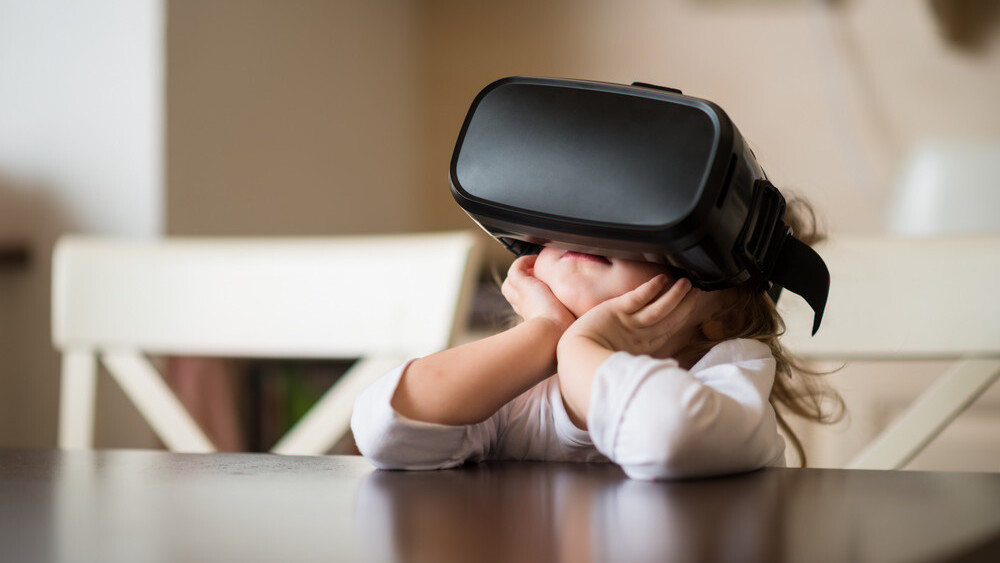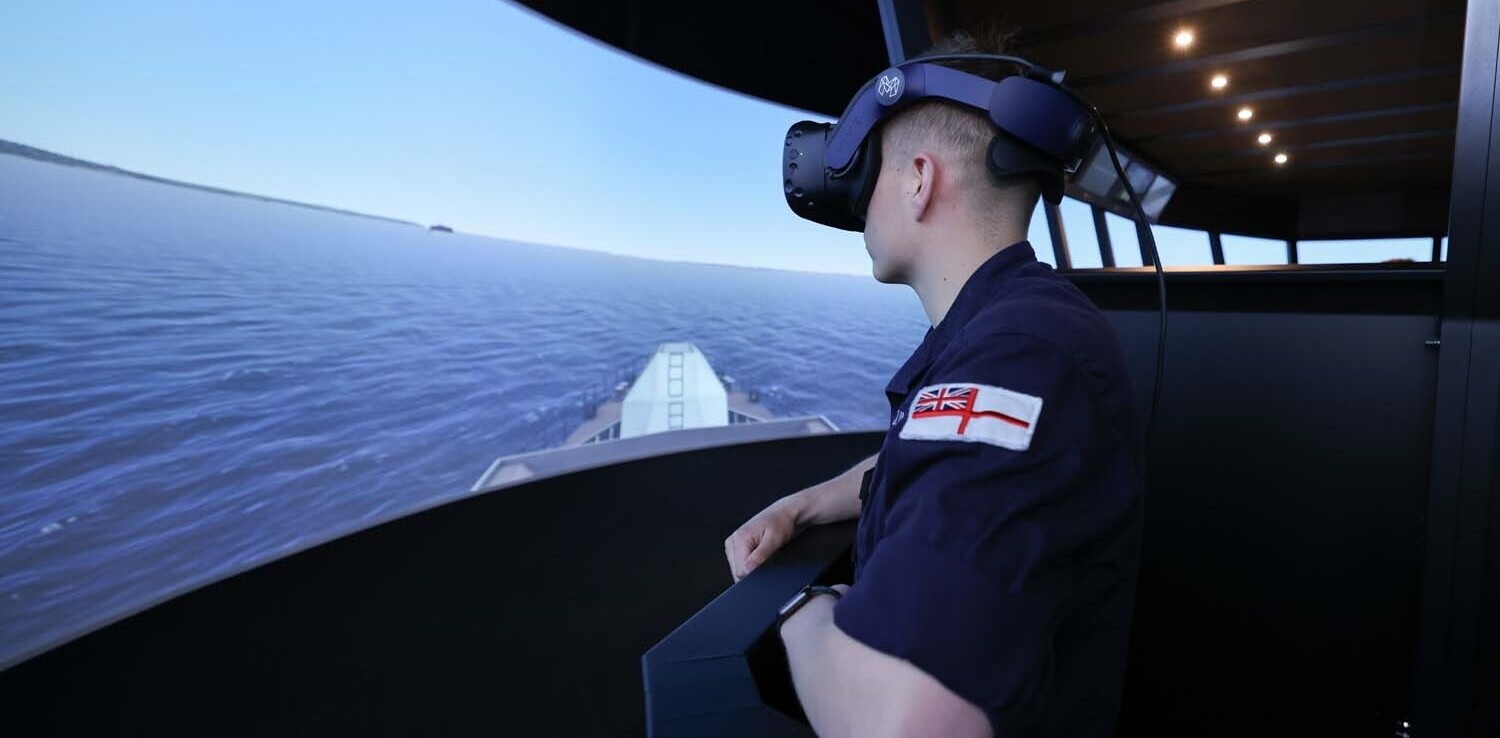
Researchers are using VR as an empathy tool to help neurotypical teachers understand their students with autism.
There have already been attempts to use VR to help autistic children and adults find new ways of coping. Autism Speaks, for example, funds a virtual reality training program designed to help improve social skills.
But a team of researchers at the University of Malta decided to work on the problem from the other direction — namely, using VR to help teachers understand the lived experience of autistic children.
The researchers created a VR application that would help replicate the experience of an autistic child in their classroom, by the use of audio and visual tricks. The person from whose perspective the film is shot sometimes doesn’t fully process stimuli, and a sense of distress is conveyed by a blurring of peripheral vision.
Speaking with Dr. Vanessa Camilleri, a lecturer at the University’s Department of Artificial Intelligence who worked on the app, spoke with us about the project and its goals:
Let’s help the teacher walk in these children’s shoes, in the same classroom environment that she’s teaching in, and try to see what comes out of it. Can virtual reality be an empathy machine? How can we learn more from it to design something that can help improve the quality of life of others? Because ultimately that’s what we wanted to do: improve the quality of life of children by helping teachers tweak their behavior.
The idea of using virtual reality as a vehicle for empathy has been around a while. For example, filmmaker Chris Milk created Clouds Over Sidra, a VR film showing life in a Syrian refugee camp, in collaboration with the United Nations.
The researchers’ app isn’t yet available for use, but the team wants to make it available to teachers via the Samsung Gear headset.
Dr. Camilleri stressed that the project can’t replicate every aspect of an autistic child’s experience — there are olfactory and tactile sensitivities that VR can’t (yet) replicate. She also specified that the app would be more for helping teachers understand their students, rather than training them on how to help autistic children:
We didn’t want to teach about the different characteristics or show the whole spectrum of autism. We didn’t want to give teachers step-by-step guidelines of what they should or shouldn’t do. We just want to help teachers start creating these new experiences in their minds, as if they were children on the autism spectrum.
Dr. Camilleri said that the team hopes to eventually make different versions of the app for parents or family members.
The Next Web’s 2018 conference is just a few months away, and it’ll be ??. Find out all about our tracks here.
Get the TNW newsletter
Get the most important tech news in your inbox each week.





